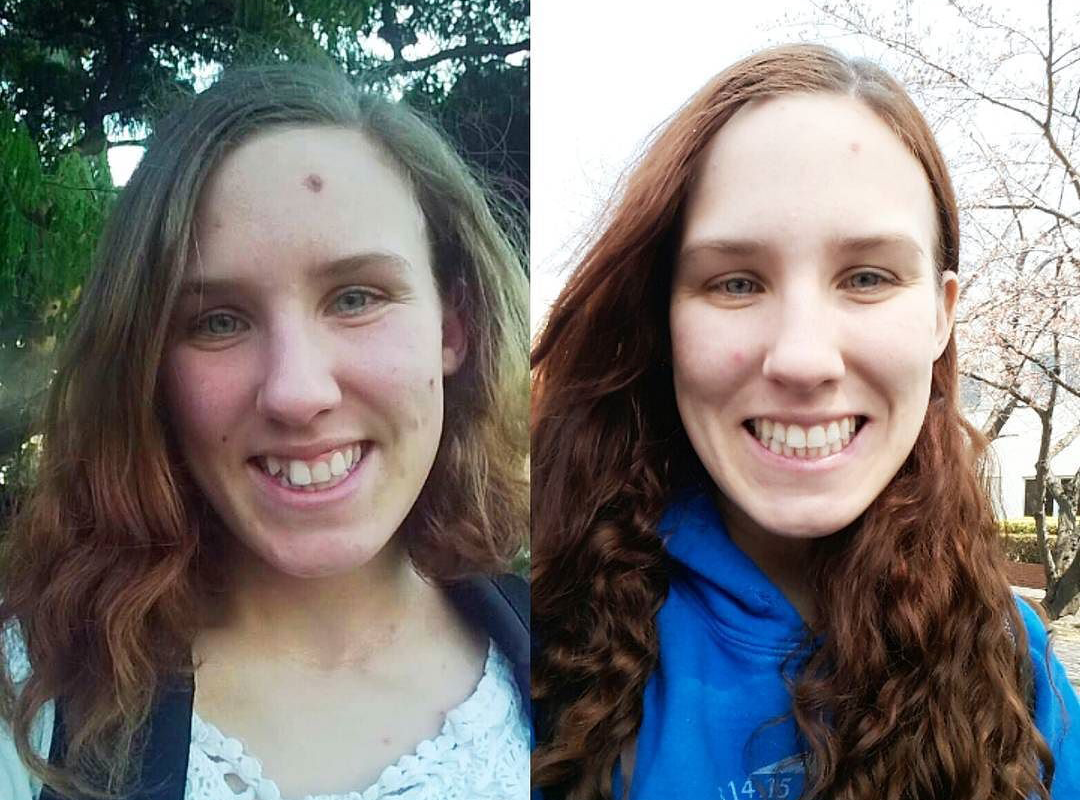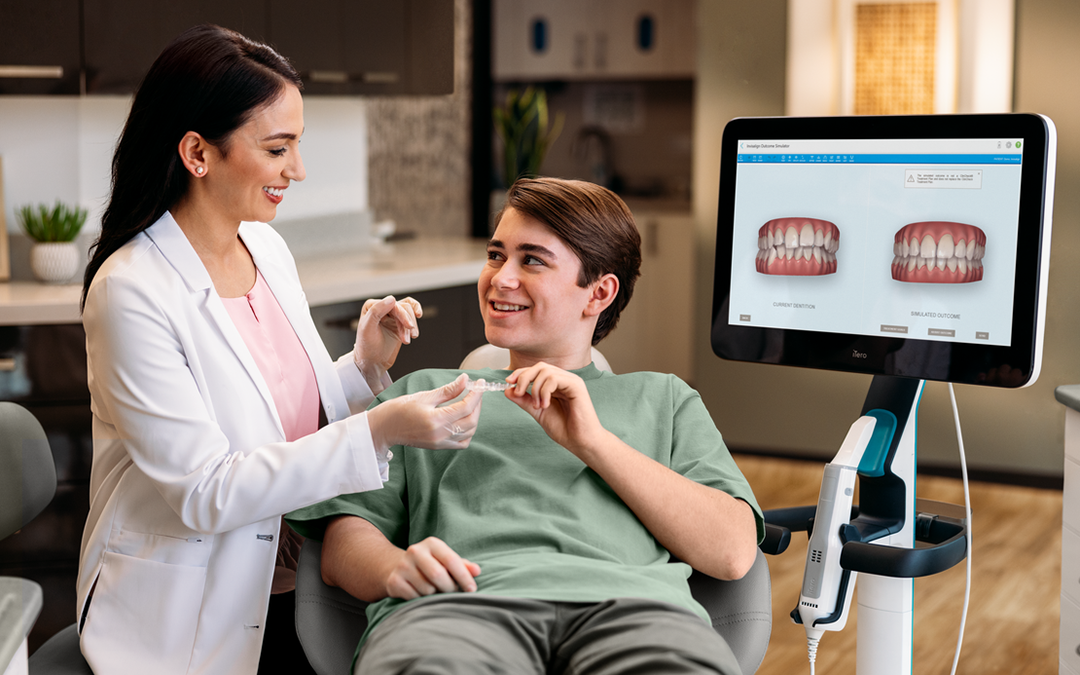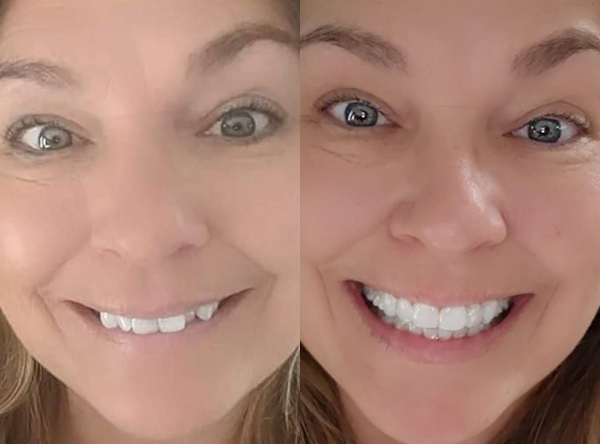Are you looking to fix your overbite? If so, you're not alone. Overbite is very common. So common, in fact, that almost everyone has at least a little overbite.1 Small overbites might not need treatment. When overbite is too large, it can wear your teeth down, make your jaw sore, or create other issues. Overbite can even lead to tooth decay and gum disease.
Fortunately, today there are many ways to treat overbite, including Invisalign treatment. Invisalign aligners offer several advantages over braces – they are virtually invisible, comfortable, and faster than braces.
Your doctor can provide more information about overbite, including treatment options. Don’t have a doctor? Click here to find the right Invisalign provider near you.
What is overbite?
An overbite is the amount of "vertical" overlap of upper front teeth to lower front teeth.2 A little overbite is normal, but when it gets too big, it can cause jaw pain, tooth decay, gum diseases, increased change of damage to front teeth and impact on appearance, which can negatively affect self-esteem.2
What causes overbite?
Here are a few of the most common causes of overbite:3
Nail biting2 – Over time, the constant pressure and movement of the jaw caused by nail biting can move the upper front teeth forward, causing an overbite.
Teeth grinding - Grinding and clenching can put pressure on the teeth, causing the top teeth to move forward and pushing the bottom teeth back.
Genetics - If someone has a family with overbites, they may be more likely to get it too.4
Using a pacifier - Pacifier use, thumb sucking, and other similar behaviors are associated with an increased likelihood of malocclusions, including overbite.5





